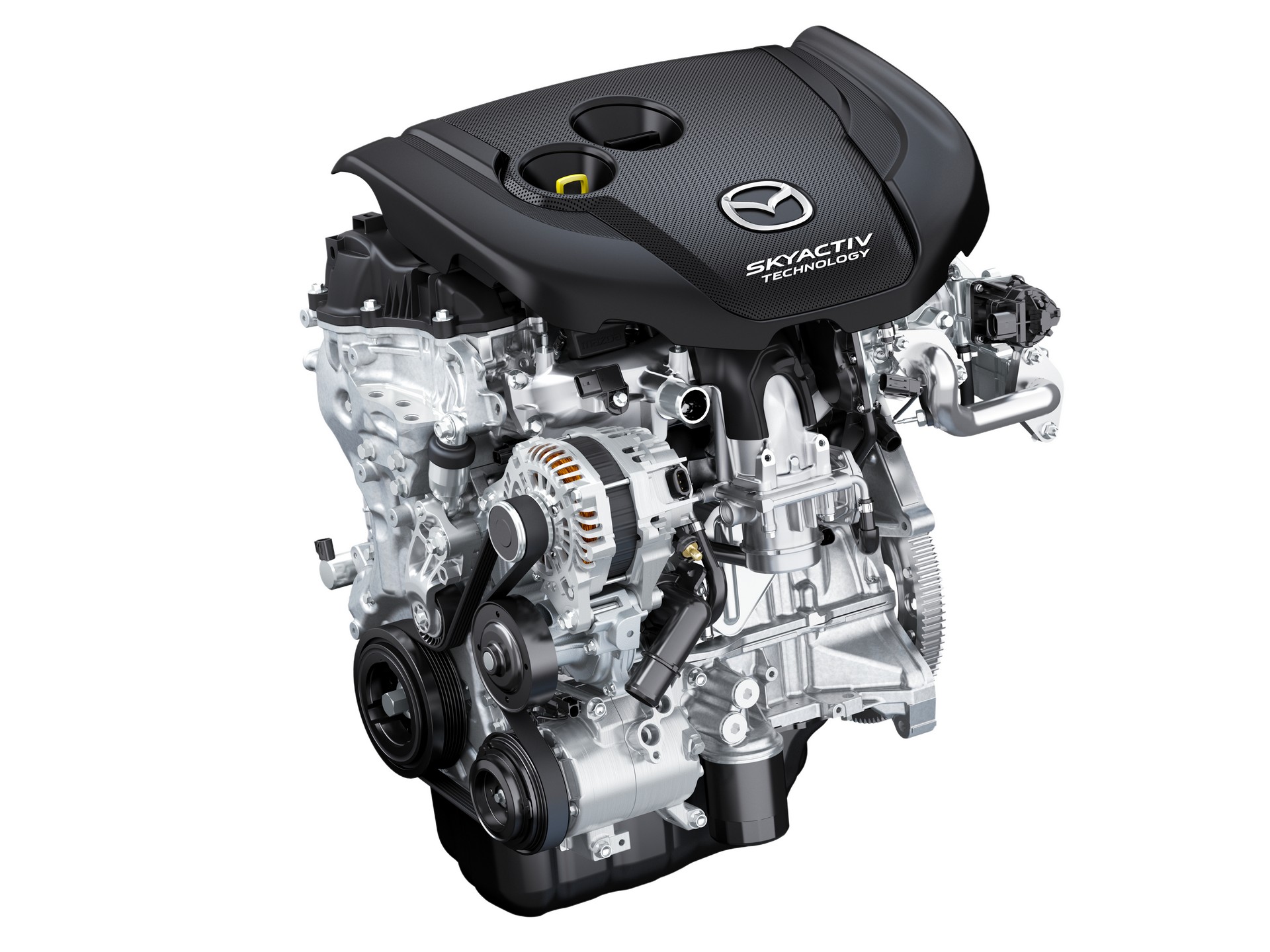Mazda has been talking about diesel engines in the United States for nearly a decade, but seeing one is about as common as coming across Bigfoot having brunch with the Loch Ness Monster.
That wasn’t supposed to happen as a Mazda6 diesel was slated to arrive in 2013. That never panned out and neither did Mazda’s plan to launch a diesel-powered CX-5 in the second half of 2017.
Mazda finally followed through at the 2019 New York Auto Show as they introduced a CX-5 with a 2.2-liter diesel engine that developed 168 hp (125 kW / 170 PS) and 290 lb-ft (393 Nm) of torque. Unfortunately, the engine was limited to the range-topping Signature trim and this meant diesel fans needed to shell out $41,000 to experience the long overdue crossover.
Also Read: 2021 Mazda CX-5 Gains Larger Touchscreen, New Safety Tech And Carbon Edition
Following its launch, the diesel-powered CX-5 vanished and this lead to speculation that the variant was dead. This was warranted as the 2020 CX-5 didn’t offer a diesel engine and the company didn’t mention plans for one in the 2021 CX-5 that was announced in August.
Mazda tells us they’re finally coming
Fast forward to today, and we asked the company about the fate of the diesel engine following reports it was being dropped in the Euro-spec Mazda6. Much to our surprise, a spokesperson for Mazda North America told us “We can confirm that we have completed certification of the 2020 MY diesel powered CX-5 and Mazda6.” They added “more information will be released at the appropriate time.”
There’s no word on what caused the delay, but it could be chalked up to a number of factors including the coronavirus pandemic and increased scrutiny of diesel engines following the dieselgate scandal. However, it’s still a bit puzzling as the diesel was approved for 2019 and, at the time, Mazda said they “worked closely with all proper federal and state agencies, such as the California Air Resources Board (CARB), to ensure that the Skyactiv-D 2.2 engine meets the required emission standards and passes all appropriate regulations.”






